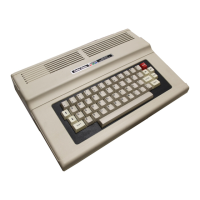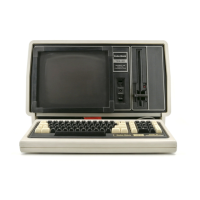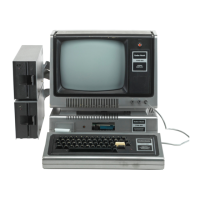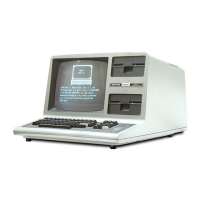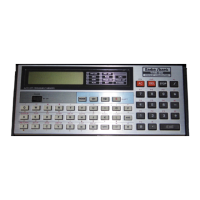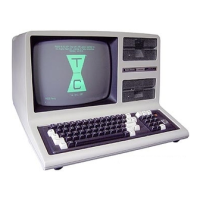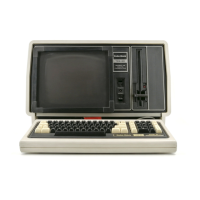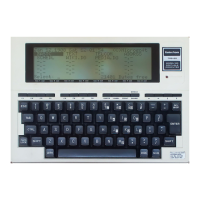'
—
\m
iS-BO MODEL
111 DISK
SYSTEM
'mmmt^t
'
-----
Anytime trsdos has to open
a file (e.g.,
to list it for
you), it will
follow the
same sequence. When trsdos has
to write
a file, it will
skip over
any write-
protected diskettes.
Password
You can protect a file from unauthorized
access and
use by assigning
passwords
to the file. That way, a person
cannot gain
access to
a file without
using the
appropriate
password.
It's important to realize that every
file has
a password, even
if
you didn't specify
it when
the file was created. In such
instances,
the password
becomes eight
blank spaces. In this case, the file
becomes unprotected
—
anyone
can
gain total
access simply
by
referring
to the filename.
trsdos allows
you to
assign
two passwords
to a file:
•
An "Update word," which grants
total access
to the
information
•
An "Access word," which
grants limited
access
to the information
(see
ATTRIB)
When you create a file, the
Update and Access
words
are
both set equal
to the
password
you specify. You can
change them
later with
the attrib
command.
A password consists of a period
followed
by one
to eight letters
or numbers.
If
you do not assign a password
to a file, trsdos
uses
a default
password of eight
blanks.
For example, suppose you have
a file named
secret/bas.
and
the file has
myname as an update and access word.
Then
the command:
KILL SECRETS/
BAS will
not cause the file to be killed.
You must
include
the password myname
in
the file specification.
Suppose a file is named domain/bas
and has
blanks for
the password. Then
the
command: KILL DOMAIN/BAS, GUESS
will
not
be obeyed,
since guess is not
the password.
A
Few Important
Definitions
System vs. Data Diskettes
A system diskette is one
which
contains
the
trsdos disk operating
system
software. Subject to space limitations,
it may
also contain
your
own
files.
A
system
diskette
must always
be in Drive
while
the Computer
is in use.
A data diskette, on the other hand,
does not contain
the operating
system
software, and therefore
cannot be
used in Drive 0.
It may
be used in Drive
1
, 2
or
3. Such a
diskette
has a maximum
of space available
for
storing your own
programs and
data.
24
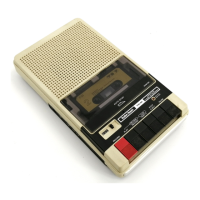
